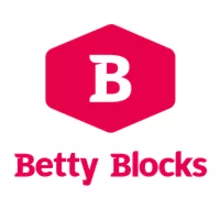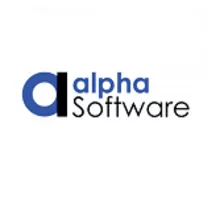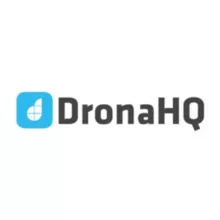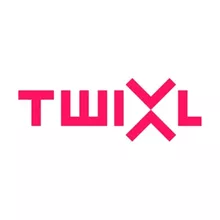Application builder and business process automation
IT services cover tasks like changing passwords, putting software on your laptop, allowing the entire company to access the printer, etc. The IT support team is responsible for managing these services from beginning to end and handling day-to-day problems.
IT Service Management (ITSM) Software, various frameworks are employed. The ITIL is the most popular one (Information Technology Infrastructure Library). It includes several processes, including request management and incident management. Knowledge management, problem-solving, change, and incident management are the most often utilized processes.
Features of IT Service Management (ITSM) Tools
The following are some core features within ITSM tools
- Standards convergence: ITSM solutions assist firms in bringing their procedures and standards into compliance. Typically, ITSM tools will indicate which framework(s) they are designed to support. Users should choose an ITSM product compatible with any existing frameworks that an organization may employ.
- Service desk: As the name suggests, a service desk component is critical to ITSM solutions. Businesses can use a ticketing system to manage internal requests. A service catalog, which describes numerous issues or requests and helps resolve various difficulties, can be used by internal users to locate assistance on several topics.
- Asset management: Businesses can track their internal IT assets using ITSM technologies. These solutions enable IT teams to monitor when these products were provisioned and when maintenance was required. They can track company-owned user devices and hardware and any hardware infrastructure.
- Configuration management database (CMDB): Some ITSM solutions come with a CMDB capability that allows companies to track how various software and hardware systems interact. This increases understanding of how a company's systems interact and can be a great place to start for root-cause debugging.
- Release management: Product teams can track software build releases throughout time, including what stage of production releases they are in, any rollbacks that have occurred, etc., using release management capabilities provided by ITSM solutions that delve deeply into development features.
Benefits of IT Service Management (ITSM) Tools
- Make IT procedures and practices official: Businesses can improve service effectiveness by organizing and standardizing their IT service procedures using ITSM technologies. Users can respond to their wants and concerns more rapidly by using a central knowledge base of IT information. With more information available to the general public, IT teams can decrease the volume of simple or low-level support desk calls. This frees IT staff time for more complex or crucial work.
- Transparency: Uniform and clarity are the two most significant advantages of using an ITSM technology. Lack of openness and consistency in procedures, activities, and processes is typically the bane of IT teams, especially when there are numerous teams inside the IT organization. Every team within an IT business can choose precisely where information should live by creating clear and consistent policies and procedures that teams should follow. This demonstrates the protocols used in various activities and the right way to communicate with end-users, resulting in a smoother delivery of IT services overall.







































